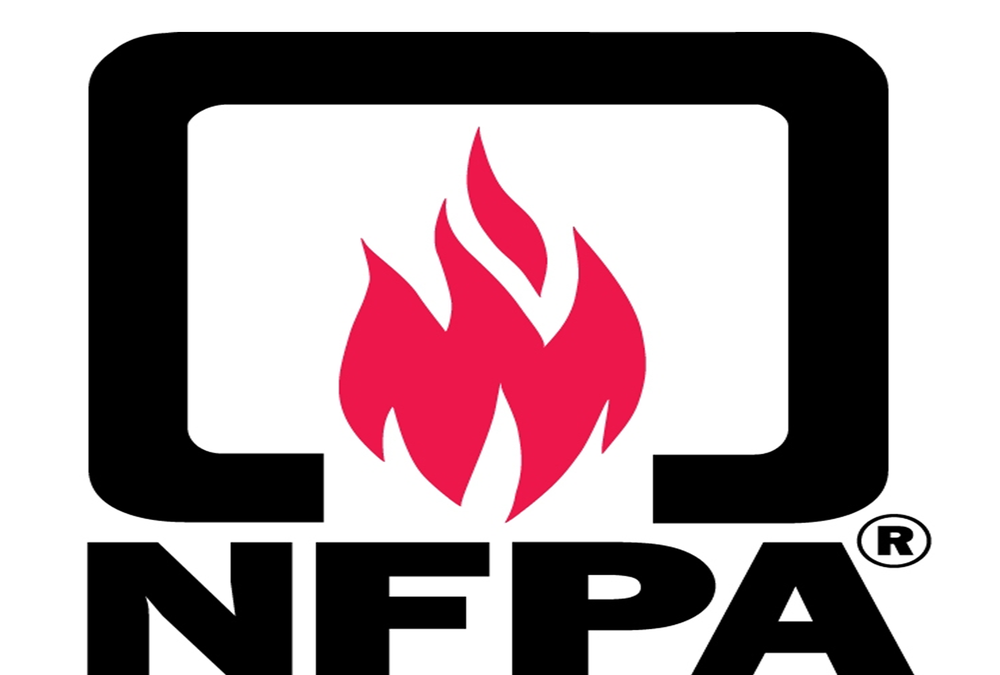
Q: Under Section 7.6.3, why is MBS specified for Escape (E) and G-rated descent control devices (DCDs) but a T-rated DCD has no minimum? It merely says to perform Procedure A, which again shows no MBS. The Petzl Ascender is T-rated but it does not have a breaking strength. So is it correct to assume that a T-rated ascender and rope grab has a MBS of 5 kN and the General (G)-rated version has a MBS of 9 kN?Ī: Section 8.6.7 has the specific requirements for Procedure A (1,124 lbf. Procedure A has no strength ratings either however, Procedure B does. Q: I noticed on the CMC Rescue website that it shows a handled ascender having a Technical (T) rating, but when I look at NFPA 1983 under Section 7.6.2, it doesn’t shows strength requirements but refers to Procedure A in Section 8.6. This is due to the fact that a Prusik hitch will not reliably grip the rope and hold without slipping at this force. Having said that, it would be challenging to meet the 2,500 lbf. Underwriters Laboratory (UL), the certification lab CMC Rescue uses, has some reservations about certifying a Prusik hitch with the loop tied with a Double Fisherman’s Knot, although UL may entertain certification with a sewn loop. Q: Is a Prusik hitch considered a rope grab? (Ascenders have their own category.) Or is a rope grab only a device such as a Gibbs or Rescucender?Ī: The current edition of NFPA 1983 defines a rope grab as “an auxiliary equipment device used to grasp a life safety rope for the purposes of supporting loads includes ascending devices.” A Prusik hitch does, arbitrarily, meet this definition. For an explanation, we went to CMC Rescue’s Engineering Technician Cedric Smith who oversees product certification.

The following questions and answers came from a training session at a large southern California fire agency, which was reading the standard closely. For example, the cord used by many rescuers for Prusik hitches has not been addressed. New product classes continue to be added to the standard as some of the equipment used for rope rescue has not been covered by the standard.

The standard is in the process of being revised for the 2017 edition, and the committee is considering a reorganization of the standard to make it easier to follow. The 2012 edition added several TIAs to clear up some of the confusion. The NFPA 1983 Standard on Life Safety Rope and Equipment for Emergency Services is complex and can sometimes be difficult to follow.


 0 kommentar(er)
0 kommentar(er)
